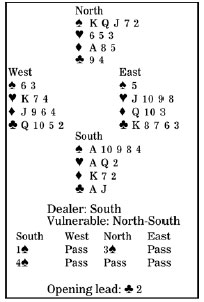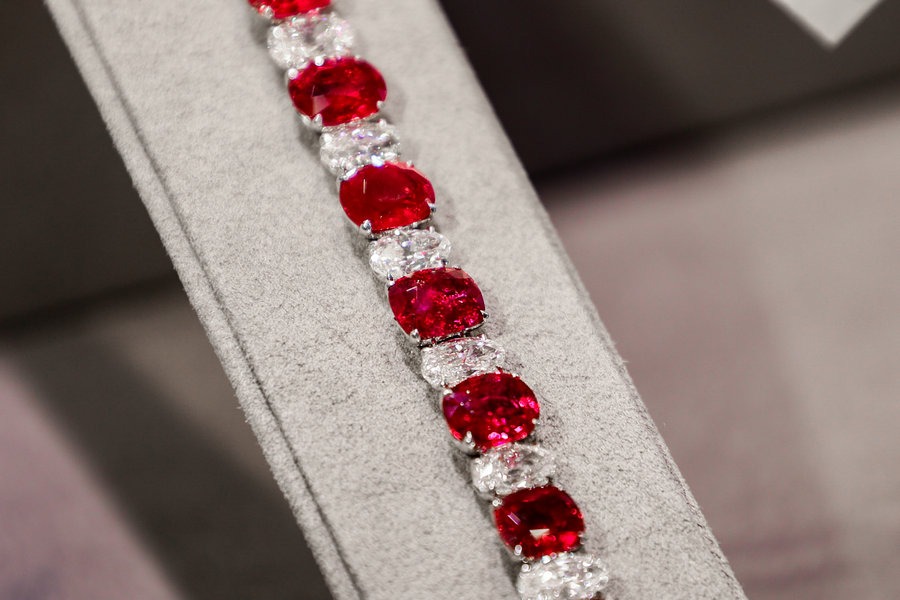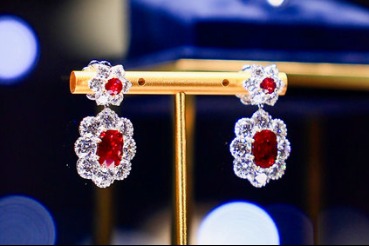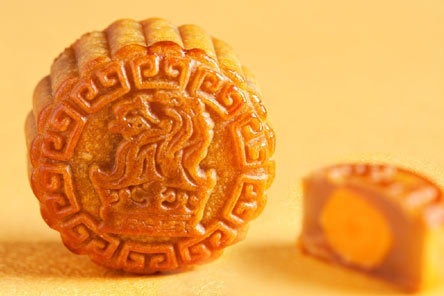The finesse odds are theoretical

Samuel Goldwyn said, "I'll take 50 percent efficiency to get 100 percent loyalty." A finesse supposedly has a 50 percent chance of success. As you know, though, in these columns, finesses win much less often than that; one succeeds only when declarer needs it.
In this deal, how should South play in four spades after West leads the club two, and East puts up his king?
Over North's game-invitational limit raise, South wondered about making a slam-try, but remembered that balanced hands need more high-card power than usual to bid that high. When the dummy appeared, South noted the mirror distribution, which was bad news because he couldn't get any discards or ruffs. Declarer had four potential losers: two hearts, one diamond and one club. So, did he need the heart finesse to work? South won the first trick with his club ace, drew trumps and played three rounds of diamonds.
East took the sixth trick with his diamond queen and shifted to the heart jack. But declarer won with his ace - finessing would have been fatal. Then he exited with the club jack. West took that trick but was end-played. If he played a heart, South's queen would have become a winner. Or, if West exited with a diamond or a club, declarer would have ruffed in one hand and sluffed a heart from the other. Either way, he lost only one heart, one diamond and one club.




































